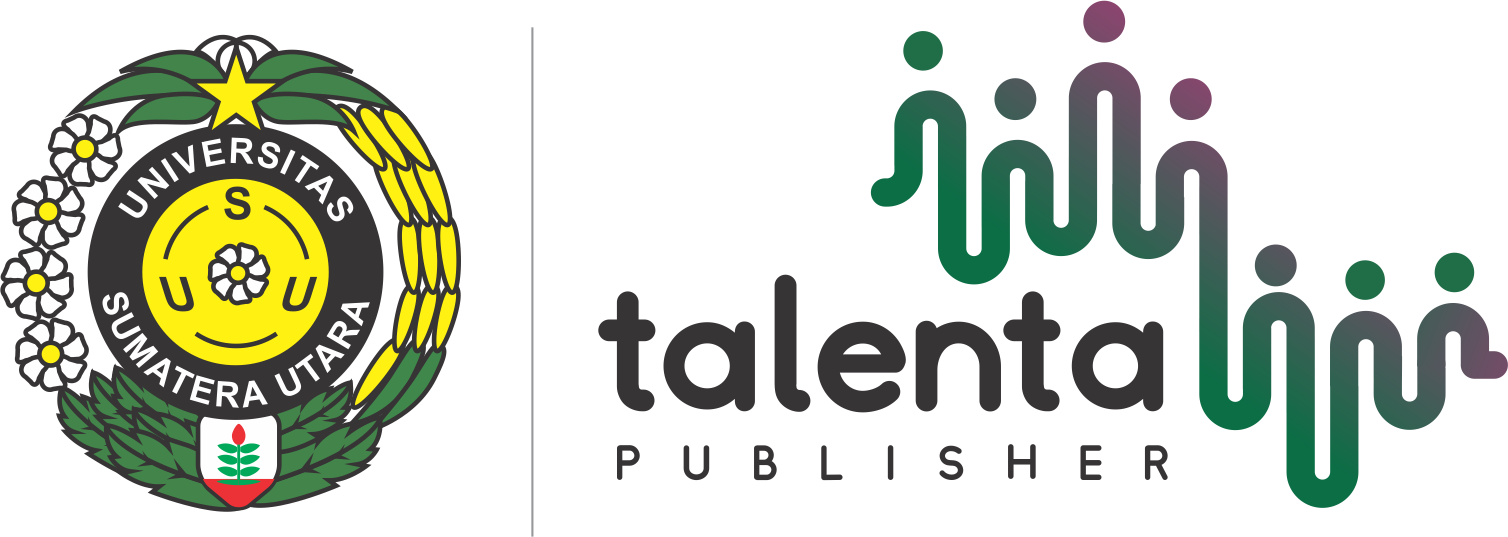Analisis Quality Control Terhadap Kerusakan Produk Shortening Pada Proses Loading Ke Kontainer Menggunakan Metode Taguchi Di PT. Permata Hijau Palm Oleo
| Authors | ||
| Issue | Vol 6 No 1 (2023): Talenta Conference Series: Energy and Engineering (EE) | |
| Section | Articles | |
| Section |
Copyright (c) 2023 Talenta Conference Series: Energy and Engineering (EE)  This work is licensed under a Creative Commons Attribution-NonCommercial-NoDerivatives 4.0 International License. |
|
| Galley | ||
| DOI: | https://doi.org/10.32734/ee.v6i1.1856 | |
| Keywords: | Pengendalian Kualitas Metode Taguchi Diagram pareto Fishbone ANOVA Quality Control Taguchi Method Pareto Diagram | |
| Published | 2023-10-20 |
Abstract
Dalam penelitian ini, tujuannya adalah menganalisis pengendalian mutu produk Shortening saat proses loading ke dalam kontainer di Permata Hijau Palm Oleo Belawan. Penelitian ini berhasil mengidentifikasi faktor-faktor penyebab ketidaksesuaian kualitas produk sesuai spesifikasi yang ditetapkan. Data produk rusak dari PT. Permata Hijau Palm Oleo digunakan dalam penelitian ini. Melalui penggunaan metode Taguchi dan analisis data, persentase kerusakan produk dapat dianalisis dan faktor-faktor penyebab yang signifikan dalam produk rusak dapat diidentifikasi. Metode Taguchi juga membantu dalam menemukan solusi penanganan dengan mencari pengaturan yang optimal untuk meminimalkan jumlah produk rusak dan menjaga mutu produk. Beberapa metode lainnya seperti diagram Pareto, diagram sebab-akibat (fishbone), Metode Taguchi, dan Analysis of Variance (ANOVA) digunakan dalam pengolahan data. Hasil analisis menunjukkan batas kendali untuk pengendalian produk rusak dengan nilai CL = 0,012, UCL = 0,022, dan LCL = 0,002. Dari grafik peta kendali yang diperoleh, dapat disimpulkan bahwa proses yang berlangsung masih berada dalam batas kendali karena proporsi produk rusak dari setiap subgrup pengamatan berada di antara batas kendali UCL dan LCL. Melalui perhitungan ANOVA, faktor-faktor yang signifikan terhadap mutu produk dapat diidentifikasi. Namun, hasil perhitungan F hitung sebesar 1,847 lebih kecil dari nilai F tabel sebesar 3,35, menunjukkan bahwa tidak ada perbedaan yang signifikan dalam jumlah loading yang dilakukan antara jenis kerusakan kotak, seperti basah, retak, dan penyok.
This study was conducted to examine the quality control of Shortening products during the loading process into containers at Permata Hijau Palm Oleo Belawan. The objective was to analyze the discrepancies in product quality that do not meet the specified standards. The Taguchi method was utilized to process the data and determine the percentage of non-compliance, allowing for the identification of significant factors contributing to defective products. Additionally, the Taguchi method facilitated the discovery of optimal settings to minimize defects and maintain product quality. The data used in this study were collected from defective products at PT. Palm Oleo Green Gems. The data underwent analysis using various techniques, including Pareto diagrams, causal diagrams (fishbone), the Taguchi Method, and Analysis of Variance (ANOVA). The analysis yielded control limits for defective products: CL = 0.012, UCL = 0.022, and LCL = 0.002. Based on the control chart graphs, it is evident that the ongoing processes remain within the control limits, as the proportion of defective products in each subgroup falls between the UCL and LCL control limits. The ANOVA results identified significant factors influencing product quality. However, the calculated F-value of 1.847 is lower than the critical F-value of 3.35, indicating no significant differences in the amount of loading between various types of box damage, including wet, torn, and dented products.





